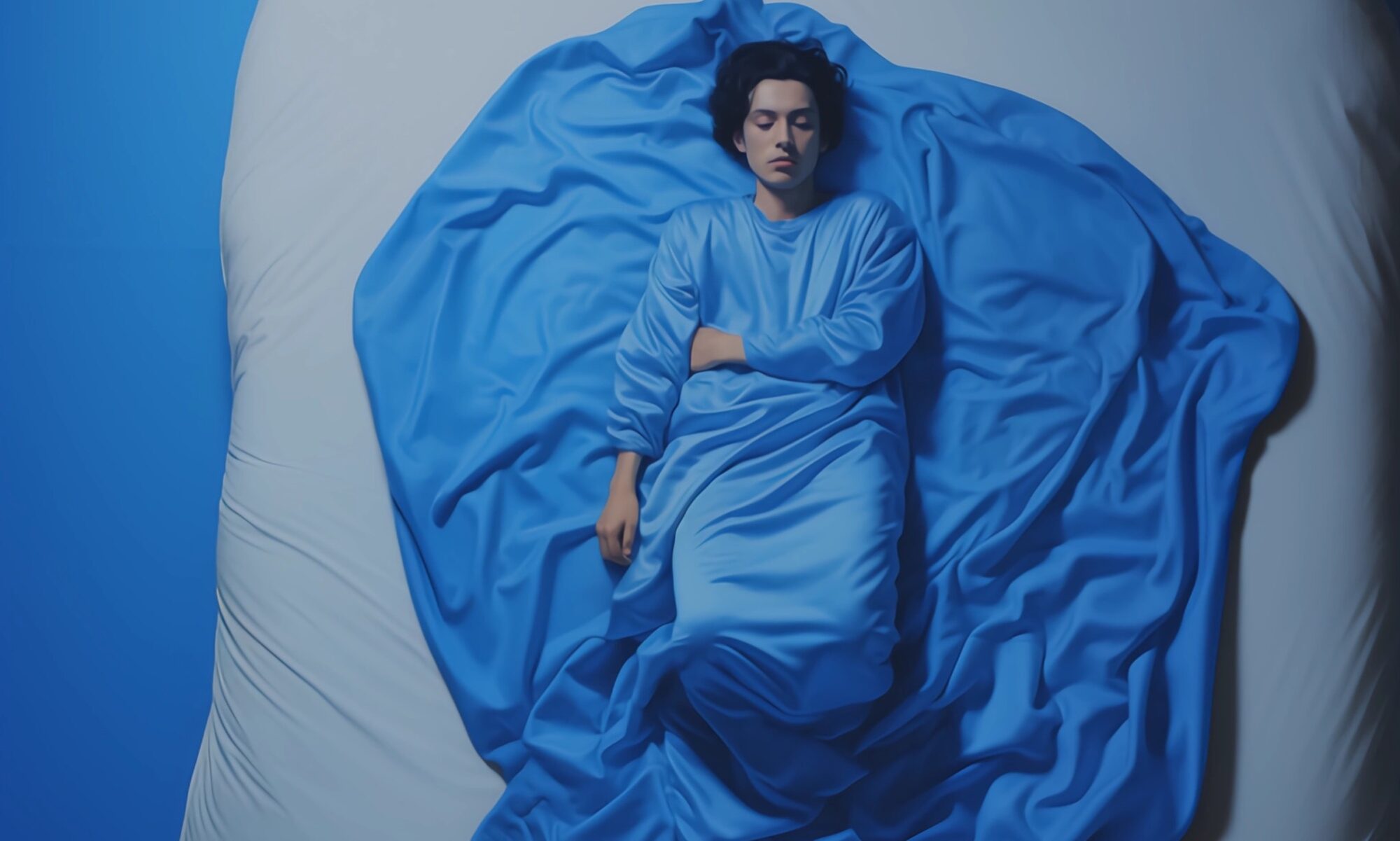Snoring is a widespread issue. It affects countless individuals globally. It disrupts sleep for both the snorer and anyone nearby. Fortunately, various stop snoring aids are available. Each is designed to target different causes and severities of snoring.
Snoring happens when airflow through the mouth and nose is partially blocked during sleep. Factors like nasal congestion, poor muscle tone in the throat and tongue, or the anatomical structure of the mouth and sinuses can all contribute. Identifying the root cause is key to choosing the most effective stop snoring aid.
Nasal strips and nasal dilators are popular aids. These devices open up nasal passages. This makes it easier to breathe and reduces snoring. Nasal strips, like Breathe Right, stick to the outside of the nose. Nasal dilators, such as Mute, are inserted into the nostrils.
For mouth or throat-related snoring, mouthpieces and chin straps are highly effective. Mandibular advancement devices (MADs) like SnoreRX hold the lower jaw forward. This keeps the airway open. Tongue retaining devices (TRDs) such as Good Morning Snore Solution hold the tongue in place. This prevents airway blockage. Chin straps, like MySnoringSolution, keep the mouth closed. This encourages nasal breathing.
Lifestyle changes also play a significant role. Maintaining a healthy weight can help. Avoiding alcohol before bedtime is also beneficial. Sleeping on your side can significantly reduce snoring. In some cases, medical intervention may be necessary. This is especially true if snoring is a symptom of obstructive sleep apnea. This serious condition requires professional treatment.
When selecting a stop snoring aid, consider personal comfort. Also, think about the specific cause of your snoring. Consulting a healthcare provider can offer valuable insights. They can help you choose the most suitable solution.
Snoring can be disruptive. However, numerous aids can help mitigate it. From nasal strips and mouthpieces to lifestyle changes and medical treatments, solutions are available. These can suit various needs and preferences. Addressing the underlying causes can lead to a restful and quiet night’s sleep.
If you found this information helpful, please share it with others. It might benefit them too. Or save it for future reference!


